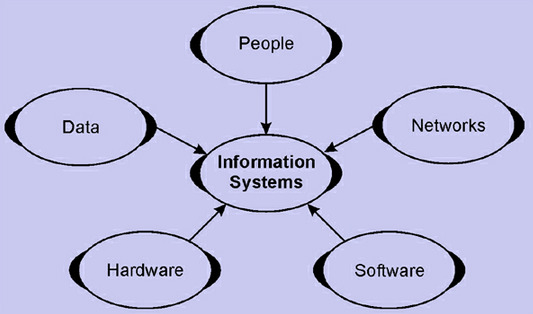Conceptually, information systems in the real world can be classified in several different ways. For example, several types of information systems can be classified conceptually as either operations or management information systems.
1. Operations Support SystemsInformation systems have always been needed to process data generated by, and used in, business operations. Such operations support systems produce a variety of information products for internal and external use. However, they do not emphasize producing the specific information products that can best be sued by managers. Further processing by management information systems is usually required. The role of a business firm’s operations support systems is to efficiently process business transactions, control industrial processes, support enterprise communications and collaboration, and update corporate databases.… Read the rest

